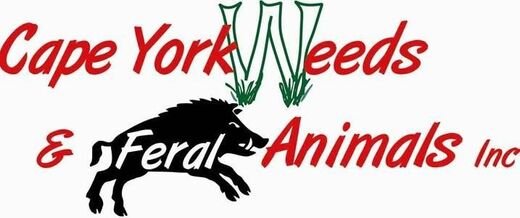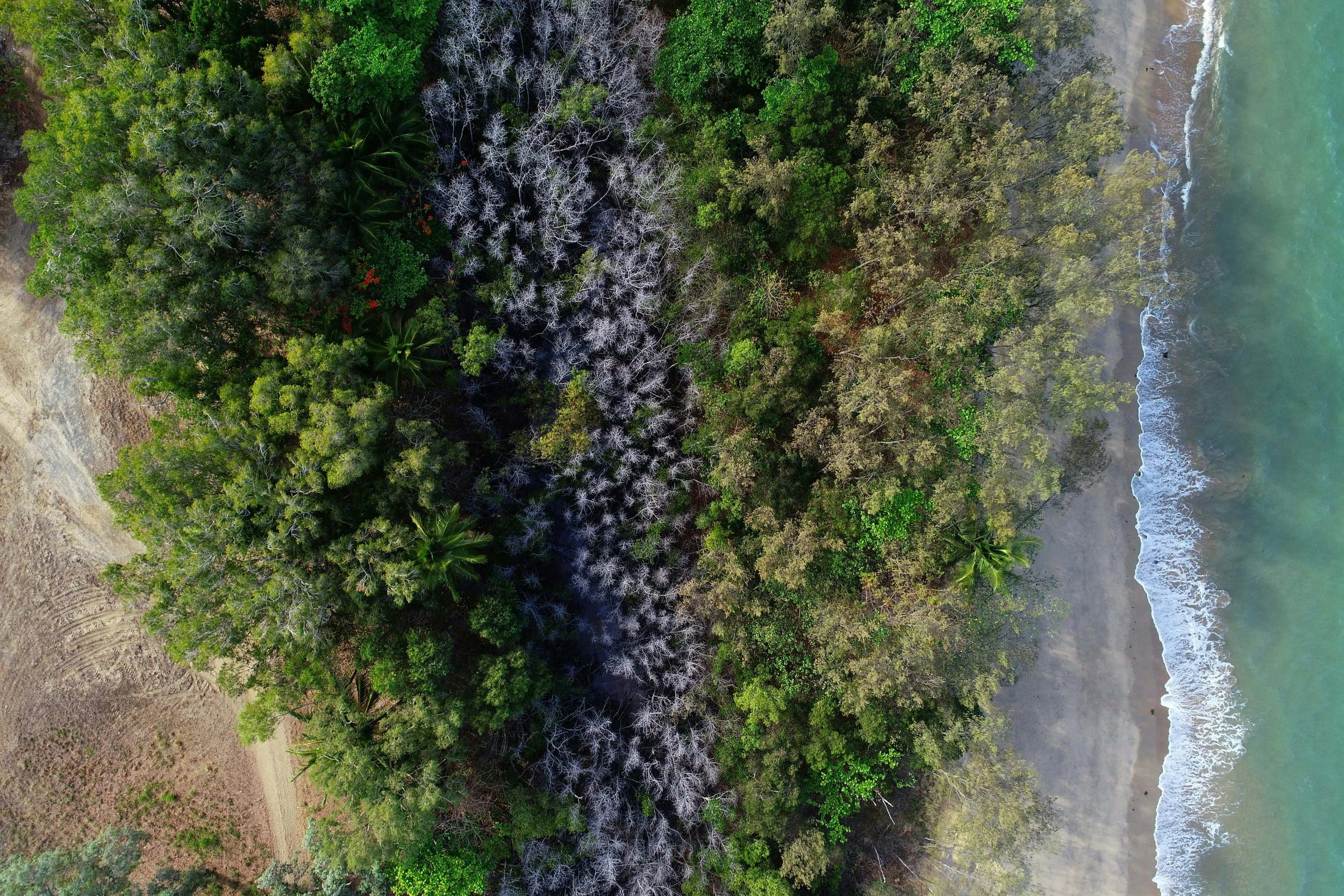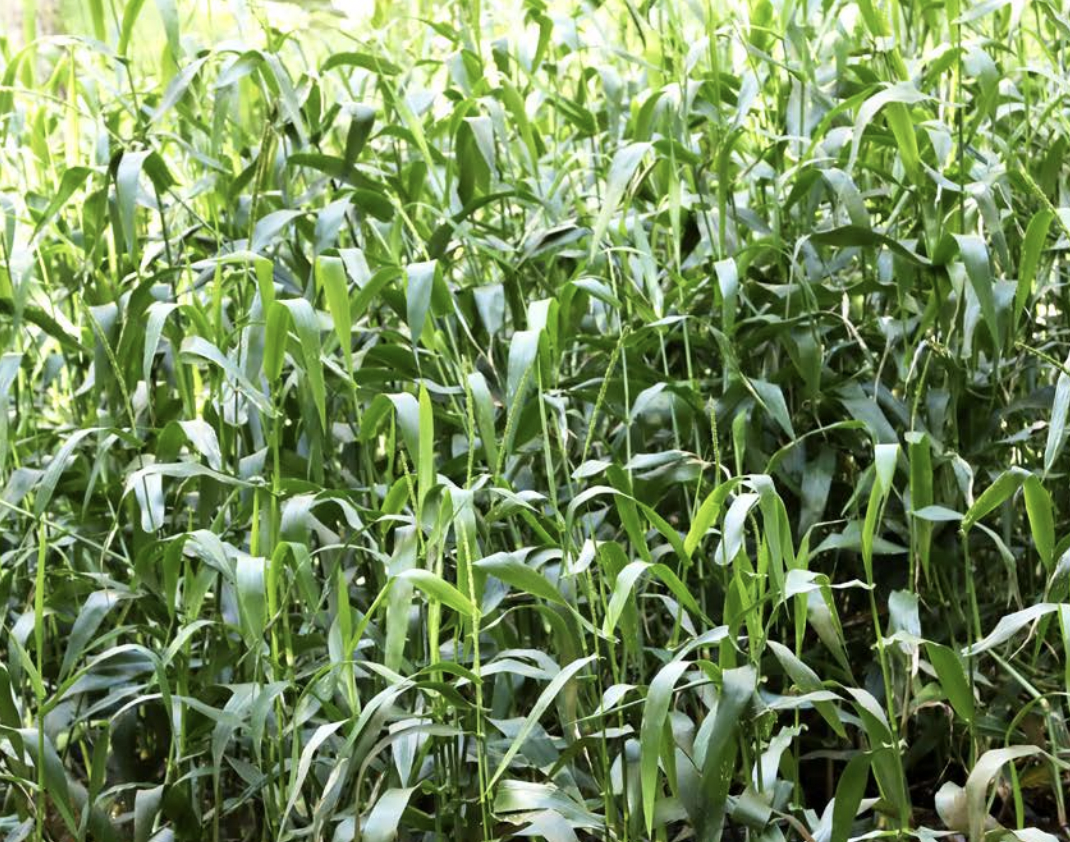Support Our Key 2025-2028 Projects.
Cape York Weeds and Ferals has no permanent funding at local, state or federal government level, as typically these types of funds do not make their way this far north ! We rely on key supporters to drive our work. In 2025 we obtained DGR1 status , meaning all donations to our mission are tax deductible.
Please join us on our mission of Healthy Communities and Healthy Country.
Pond Apple Removal. A Major 3 Year Expansion Program
We have delivered huge environmental wins over the last 32 years tackling the invasive pond apple that chokes our coasts. We are “spade-ready” to expand our impact.
The project will enhance the work already undertaken at Mt Amos and Cooktown and ensure we further encourage the return of biodiversity in our unique environment. It is also proposed to survey areas to the north, south and west of these areas to further reduce the Pond Apple seed spread the project will occur in and around Cape York Peninsula's East coast, specifically, strategically targeting the area around Hopevale, Cooktown, Endeavour River, Walker Bay Archer's Point, Amos Bay, Walsh Bay, Weary Bay. These target areas are basically Pond Apple free. The outcome is to get rid of pond apple regrowth, by systemic control and physical removal
Training and Capability Building
Over 240 days of new local employment, development of new technical and transferable skills. Keeping with our mission we will continue our community consultation and training with landowners and pastoralists. Often our team go onto work with local employers.
To deliver this we require $180,000 over 3 years.
“Hitting Hymenachne”
Local employment, community education and attacking a weed of significance.
Hymenachne is a nasty weed and worthy of significant attention.
Hymenachne was introduced to Australia from South America to provide ponded pasture for cattle. Hymenachne has become an unwanted pest of stream banks, wetlands and irrigation ditches in coastal and central areas of Queensland. In some areas it has invaded low-lying sugarcane, fish habitats and natural wetlands with high conservation value.
Hymenachne can increase flooding by reducing the flow capacity of the drainage networks. Hymenachne infestations are a physical barrier for aquatic and semi-aquatic animals, restricting their territorial movements and breeding activities. Fishery biologists believe that carrying capacity and fish populations available for both commercial and recreational uses are being significantly reduced.
In our region, Hymenachne specifically threatens Magpie Geese, the Cooktown Gecko and other flora and fauna. Both the Cooktown Gecko and Magpie Geese have been listed as threatened in Cape York.
The project will build upon work already undertaken and ensure we further encourage the return of biodiversity and the repair of the ecosystem in our unique environment. The control work we conducted previously has encouraged the return of Magpie Geese to their traditional nesting areas, and there has been a big increase in numbers in these wetland areas. The Cooktown Gecko also returned
Training and Capability Building
Building up key community skills. $120,000 for a 3-year program of community training sessions for over 30 pastoralists and traditional landowners. Provides for over 140 days of new local employment over the life of the program. We have established success in removal and control of hymenachne.
This project will cover a suite of highly affected catchments working along pastoralists..
Land to Reef Restoration Project | East Coast Cape York
Local employment, education and significant ecological improvement.
Degraded lands damage species, productivity and produce awful outcomes for water quality in our coastal waters. This program addresses all 3, whilst meeting our core mission to boost the experience and skills of our community.
We have agreement and support for this project on the lands of the KalkaJaka Aboriginal Corporation. Traditional owners would like to restart the noxious weed control work already undertaken over the past 30 years.
Sicklepod, Gamba Grass, Hymenachne, Lantana, Hyptis, are all declared weeds that threaten Magpie Geese, Cooktown Gecko, native plants, animals and the natural wetlands and native ecosystems. These Weeds also impact water quality, restricting natural water flows. This affects the Great Barrier Reef through the elevated levels of nitrogen in the runoff during the wet season.
We have the skills and knowledge to be able to build capacity for traditional owners to manage their land in an environmentally sustainable way, by providing the necessary skills and training. The project will focus on fire, weeds, feral animal, soil erosion, threatened species and cultural site management and plans for these activities.
Training and Capability Building
This program allows for over 220 days of new local employment over the life of the project with the key benefit of furthering their connections to their land and sea country. Our track record shows we can expect a reduction in weeds, weed seeds and a boost in water quality. Our project outcomes directly intersect with Indigenous Jobs, Land and Economy, Children and Schooling, Safety and Wellbeing.
To deliver this we require $120,000 over 3 years.
Fund Our Community Organisation.
Finding core funding to drive the organisation is one of the hardest tasks we have.
Rather than fund a project, help us establish an annual ongoing budget for our operations and administration.
We make grant money and donations work VERY hard and would love to share our story over a call or even better, here in person.
Core funding would allow for core staff hours, education programs, skills development and a focus on securing further grants for our work.
Training and Capability Building
Training future first nation leaders within the organisation, including both technical and transferable skills.
To deliver this we require $100,000 per annum.





